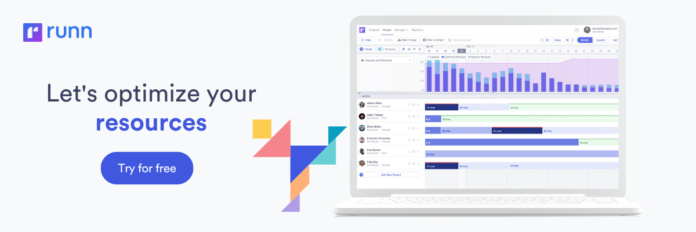Resource management is important for the strategic process of planning, allocating, and utilising an organisation’s resources like people, tools, time, technology . It is budget friendly and is the most efficient way possible to do so.
Resource management plays an important role into the core discipline for managing projects and operations. It makes resources available when in need and are used optimally without over extending it.
Effective resource management plays an important role in order to maintain productivity, whether you’re working in a small team or a big company.
Why Is Resource Management Important?
Resources are finite in project based and operational environments. If you miss manage them it may lead to bottlenecks, cost overruns, employee burnout, or missed opportunities.
This also helps avoiding these outcomes by providing a clear view of what someone is doing hence it bridges the gap. It helps in adjusting priorities and enables decision makers to align team capability with their goal. It helps provide insights for future planning and forecasting in a business.
Types of Resources in Management
Resource management doesn’t just refer to physical materials. It encompasses several categories:
- Human resources The people involved in executing tasks, from employees to freelancers and contractors
- Financial resources – The budget and funding allocated for various activities
- Material resources – Physical tools, equipment, and inventory
- Time – The schedules and deadlines that drive delivery
- Technology – The Software, systems, and infrastructure that supports operations
Resource management tools help in balancing time and technology effectively in both current use and projected demand.
Key Principles of Resource Management
Here are some guiding principles that might help organisations manage their resources efficiently.
- Visibility and transparency – It means a clear overview of resource availability, allocation, and capacity is important
- Prioritisation – Means allocating resources to the most critical initiatives. It helps meeting strategic objectives
- Flexibility – It is the ability to adapt and reallocate resources quickly when it needs changes in priorities.
- Accountability – it defines who is responsible for each resource and how performance is being measured.
When all these principles are followed then teams can reduce waste, improve utilisation rates.
Core Components of the Resource Management Process
Resource management follows some steps that ensures, resources are fulfilling demands and are monitored continuously:
- Resource planning – It involves forecasting resource requirements on the basis of project timelines, scope, and availability
- Resource scheduling – It means assigning resources to tasks with clear timeframes. Hence, ensuring capacity isn’t exceeded to the limit.
- Resource allocation – It means distributing available resources to the most suitable tasks and it often requires trade-offs.
- Resource tracking – It involves monitoring usage in real time to ensure everything is on the track
- Resource optimisation – it means making adjustments to avoid underuse or overuse, for example redistributing workloads or shifting deadlines
Each of these components support both short-term delivery and long-term efficiency.
Common Challenges in Resource Management
Apart from its benefits, resource management comes with some difficulties. Here are some common challenges including:
- Overlapping priorities – It means that multiple projects are competing for the same team members or tools
- Lack of real-time data – It means the Inability to track resource usage accurately, leading to poor decisions
- Unclear roles and responsibilities – It means confusion over who owns and what can delay progress
- Skill mismatches – Means assigning tasks to individuals who don’t have the right expertise
- Resistance to change – Many times teams may be slow to adapt to new systems or processes for managing resources
Overcoming these problems requires strong leadership and clear communication or the adaption of digital tools.
The Role of Technology in Resource Management
Nowadays, usage of Modern resource management has increased. It is supported by software that provides centralised visibility, automation, and real-time updates. These tools allow managers to check their team capacity, manage workload distribution, tracking utilisation rates, and generating reports.
These tools are very valuable for hybrid and remote teams, where visibility across locations plays an important part. While technology may not be a substitute for strategy, it significantly enhances accuracy, speed, and collaboration.
Benefits of Effective Resource Management
When implemented well, resource management brings a variety of organisational benefits:
- Increased efficiency – It means resources are used where they add the most value
- Reduced costs – It helps Avoiding duplication, downtime, and overtime expenses
- Improved project delivery – It smoothes timelines and have fewer missed milestones
- Higher employee satisfaction – it gives balanced workloads reduce stress and burnout
- Better forecasting – Helps in getting insights into past performance guide future planning
Ultimately, resource management makes organisations capable of doing more with what they already have. Hence, making it a critical capability in today’s dynamic environment.
Conclusion
It is not just about assigning tasks. Resource management is a careful and strategic approach that helps in creating the most out of the organisation. By thinking ahead, properly monitoring your capacity and actively adapting and responding to changes can actually help you. Businesses can become agile in this competitive landscape.
Whether you’re managing a small team or a large program, having an understanding and applying resource management principles is very important for long-term success.








